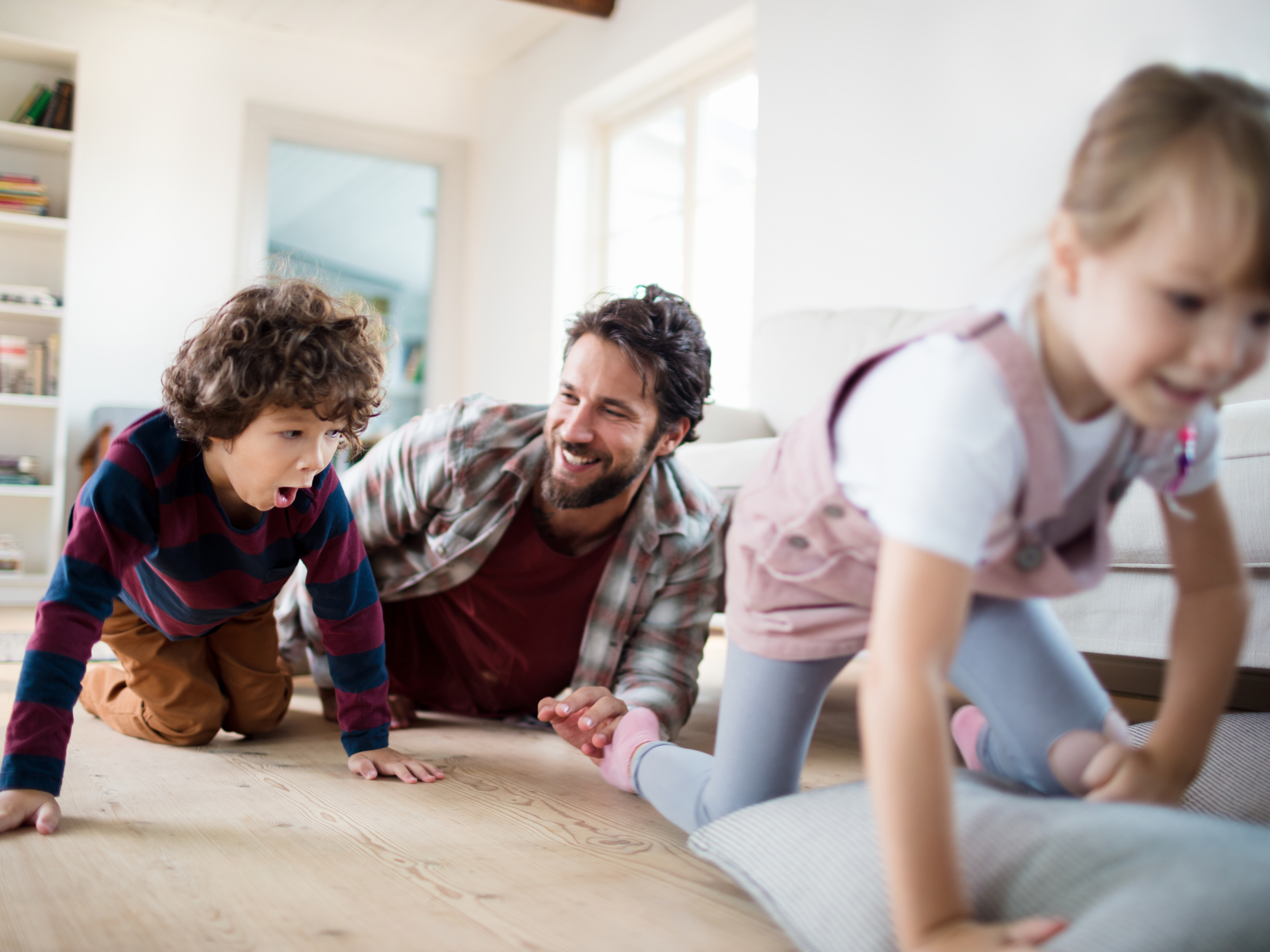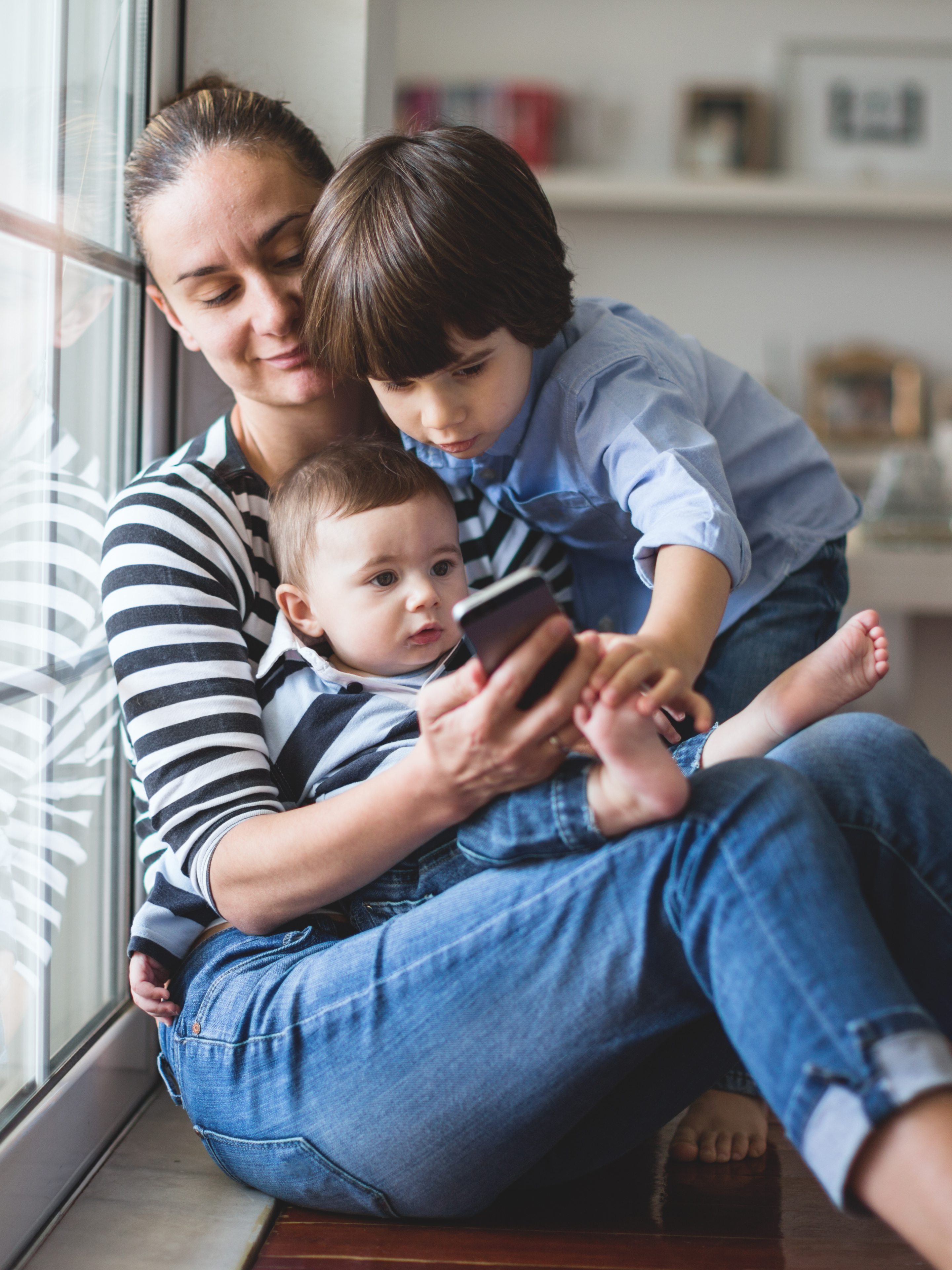Links to various Aetna Better Health and non-Aetna Better Health sites are provided for your convenience. Aetna Better Health is not responsible or liable for non-Aetna Better Health content accuracy or privacy practices of linked sites or for products or services described on these sites.
When anxiety is normal in kids

When anxiety is normal in kids
"It's normal for children to have fears that come and go throughout their life," says Tamar Chansky, PhD, psychologist and author of Freeing Your Child from Anxiety (2014). "Typically, what happens is a child encounters a new situation and they need some time to learn about it. To work with it and get used to it." For example, a child who meets a large dog for the first time may be afraid of it.
Anxiety can sometimes be useful
Anxiety exists for a reason. It alerts us to possible danger. "Feeling anxious or worried is necessary to be a human being. If you didn't feel anxious when you got to the edge of the cliff, your family line would die out right then," says Deborah Gilboa, MD, an expert in child development.
Gilboa adds that anxiety may even be helpful in social situations. If a child sees a friend being teased, anxiety about the situation can spark positive action. They might step in to defend or comfort the friend. "We've gotten to a point in society where we think anxiety means that we as parents have done something wrong," she says. "But there are certain circumstances where I hope my kids will feel anxious."
If your child doesn’t outgrow their intense fears, they might have an anxiety disorder (also called “clinical anxiety”). Experts say there are two red flags to look for: avoidance and extreme distress. There are different types of anxiety, but they share common symptoms.
Types of childhood anxiety
Types of childhood anxiety
The Anxiety and Depression Association of America divides anxiety into types. These types include:
Generalized anxiety
Separation anxiety
Social anxiety
Specific phobias (overly afraid of something in particular)
- Panic disorder
Common anxiety symptoms
Different types of anxiety show up in different ways. But some common symptoms are if the child:
Avoids certain activities, situations or people
Tends to focus on what can go wrong
Has fears that keep them from regular activities
Is distressed even after continued comfort from an adult
Has trouble sleeping or insists on sleeping with you
Gets headaches or stomach pains (or other physical symptoms) not related to other medical issues

Behavior examples of anxiety types in kids*
Becomes very afraid when away from parents (separation anxiety)
Is very fearful of interacting with others or of crowded places like school (social anxiety)
Has extreme fear of a certain thing or situation, such as dogs, insects, or going to the doctor or dentist (phobia)
Worries a great deal about the future or bad things happening (general anxiety)
Has sudden bouts of intense fear that include a pounding heart, trouble breathing or feeling dizzy, shaky or sweaty (panic disorder)
What you can do
If you’re concerned about your child’s symptoms, you can ask for an anxiety screening. This can be done by someone like a:
Pediatrician
Therapist
School psychologist
Psychiatrist
According to Centers for Disease Control and Prevention (CDC), about 9.4% of children between ages 3 and 17 were diagnosed with anxiety between 2016 and 2019. If your child is also diagnosed, let them know that it’s OK. They have your support, and they can get help. You can also learn more about childhood anxiety and how to help.
What not to do

What not to do
Even when trying to help, you might do things that make a child feel worse. Gilboa and Chansky offer advice on how to avoid that.
Try not to dismiss their fears
You may be quick to dismiss a child’s emotions or label them “wrong," Gilboa says. "We're so used to guiding our kids' behavior that we try to guide their feelings as well," she says. "It never works." If you pressure a child to feel a certain way, they may start hiding their real emotions. This can make it harder to notice when a child has a serious issue.
Try not to over-indulge their fears
On the other hand, you might be eager to protect your child from their fears in every way you can. But avoiding situations that trigger their worries can backfire, too. For example, if your child stops going to the pool because they fear water. Or if they refuse sleepovers because they’re scared of the dark. This can add to their anxiety. "It's really stressful not being able to do the things that other people do," Chansky says.
Diagnosis and treatment
Anxiety in children can be treated in a number of ways like:
Talk therapy, which may include the whole family
Medication
Exposure therapy (slowly facing a fear one small step at a time)
Targeted mindfulness exercises like drawing pictures or journaling
"Whatever struggles our kids face, we want them to develop positive coping strategies," Gilboa says. "Naming the problem makes that easier." Diagnosis and treatment can even be a relief for some kids. It lets them know their emotions are accepted. And can give them hope that there’s a way to feel better.
*Source: CDC website: https://www.cdc.gov/childrensmentalhealth/features/anxiety-depression-children.html; Last accessed January, 2023.



 copy.jpg)